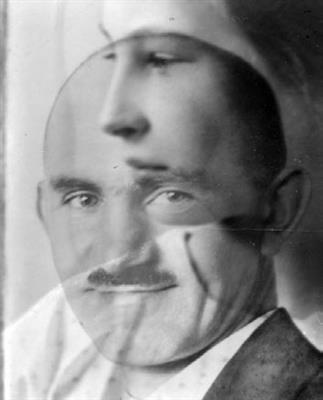
1890 - 1961
Vytautas Kairiūkštis

description
A Lithuanian painter, master of applied graphics, a prominent art historian, teacher and talented organizer. As a bright representative of the second wave of Russian Suprematism and Constructivism, the artist actively promoted the ideas of new art close to Russian Suprematism in the style of Malevich and Constructivism in the style of Tatlin, as well as such styles as Cubism and Futurism.
In 1923, the artist was the first to widely and officially introduce avant-garde art to Lithuanian artists and the public by organizing the New Art Exhibition in Vilnius. The process in this country was much slower, and the efforts undertaken by Kairiūkštis and his like-minded people to introduce the ideas of the European avant-garde significantly accelerated changes in Lithuanian art.
At the invitation of Kairiūkštis, Polish Constructivists from “The Bloc” participated in the “New Exhibition”. This allowed Lithuanian artists to become members of this Warsaw association, and later to join the “Present Tense” group.
For about 10 years, the artist headed the painting department at the Vilnius Academy of Arts, organized his own studio, and also worked in Kaunas. As a result of his active pedagogical activity, the entire generation of his compatriots was encouraged to radically depart from Academism.
As a researcher of the Lithuanian modernist era, Vytautas Kairiūkštis published a monograph about his fellow countryman, watercolor artist Kajetonas Sklėrius, several articles on the work of Mikalojus Konstantinas Čiurlionis and a number of articles on the theory and history of fine art.
Key ideas:
– The early art of Vytautas Kairiūkštis is characterized by recognizable features of Futurism and Cubism. The artist preferred figure compositions, created portraits and still lifes.
– In the landscape genre, the Lithuanian master used techniques of impressionism – he saw the works of masters of this style when visiting some countries of Western Europe.
– Being inspired by the newest avant-garde, Russian Suprematism and European Constructivism, the artist created several cycles of works that became the first examples in the history of Lithuanian national art.
– The artist’s non-objective painting is distinguished by a rational composition, but also by an unexpected decomposition of objects into more often rounded and irregular geometric forms – smooth zigzags. Folding the fragments, the master achieved a special harmonious rhythm of the composition.
– The coloristic preferences of the artist, who worked mainly in oil paints and pastels, remained distinguished during his whole career: those were combinations of contrasting ocher and blue colors, varying in many nuanced, but almost always dull shades.
– The painter’s later paintings are mostly more realistic, although the characteristic modeling of several subtle forms and the muted color of delicate colors are kept.
– The artistic, teaching and art history activities of Vytautas Kairiūkštis remain the most visible and significant phenomena of Lithuanian national avant-garde.
1883
1910
1912
1917
1919
1920
1921
1923
1924
1928
1937
1940
1961
The artist was born
He studied in Vilna at the Drawing School
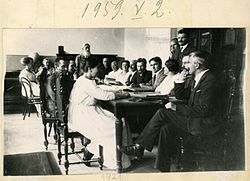
Took lessons at the Moscow studio of Konstantin Yuon
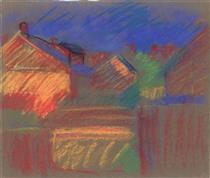
Started studying at the Moscow School of Painting, Sculpture and Architecture
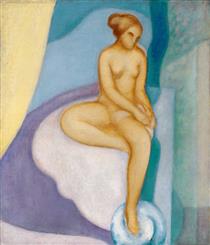
He was mobilized into the Red Army
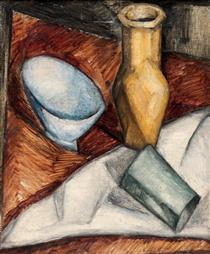
Improved his skills
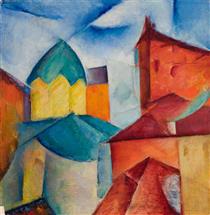
Moved to the city of Vilna
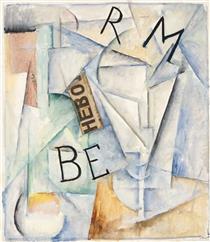
Organized the New Art Exhibition
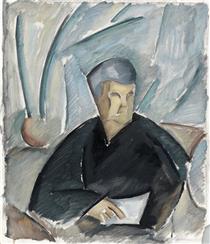
Kairiūkštis ran the painting studio in Vilna
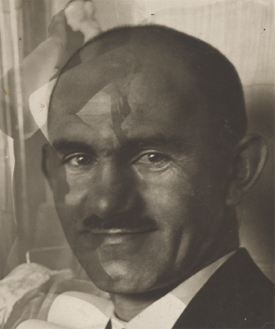
Presented his paintings in Warshaw at the exhibition "Modernist Salon"
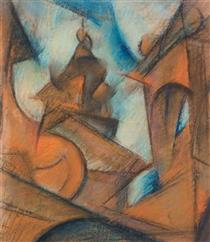
He taught art disciplines in Kaunas
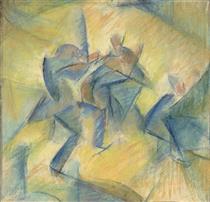
Worked at the M. K. Čiurlionis National Art Museum

The artist died

Vytautas Kairiūkštis
On Artist
flow
Constructivism
Cubism
Suprematism
Impressionism
friends
Vladislav Maksimilianovich Strzheminsky
artists
Pablo Picasso
Mstislav Dobuzhinsky
Kazimir Malevich
Vladimir Tatlin
Konstantin Yuon
Pavel Kuznetsov
By Artist
flow
Suprematism
friends
Vladislav Maksimilianovich Strzheminsky
artists
Vladas Sandman
Antanas Samuolis
Kazis Šimonis
